La Vie est à nous
Against French Nazism,
the Popular Front.
The U.S.S.R.,
Lenin, Stalin, Dimitrov, André Marty, Marcel Cachin, L’Humanité (“central organ of the Communist
Party”).
You can’t
tell the players without a program, voilà,
a program.
Cf. Klein’s Grands soirs et petits matins.
Shirer,
“the riots of the 6th of February led to two developments
which further divided France: one, the rapid growth of the Croix de Feu on the Right, and, two, the rise of the Front Populaire on the Left. From that chilly winter day of 1934
on, the nation seemed irrevocably split in two.”
Time Out,
“a film of its time, conceived in the shadow of Hitler.”
The Depression, “l’union de tous les paysans sans
distinction d’opinions”. Vaillant-Couturier, Renaud Jean, Martha Desrumeaux, Marcel Gitton, Jacques Duclos, Thorez, “debout, les damnés de la terre...”
Hal Erickson (All Movie Guide), “Renoir
pontificates on the dehumanization of the capitalist system.”
Bomber
Carl
Sandburg’s text to accompany pictures of a B-25 in production,
“thousands on the way, an angel of death, death to those who mock at free
people, death to those who tell the world they are out to wreck the American
democratic system. Hundreds here, thousands, tens of thousands on the way...
the strength of the people of the free world.”
Reconnaissance
Pilot
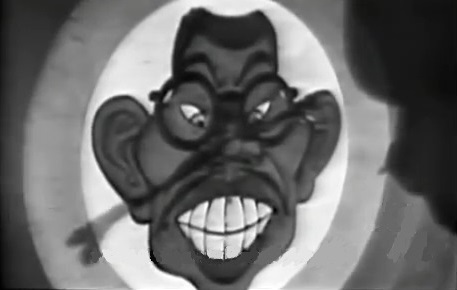
The significance
is tersely stated in Target for To-Night
(dir. Harry Watt) and here dramatically developed by the First Motion Picture
Unit as Army Air Forces Special Film Project 125 (Restricted), a true story,
two in fact. The title character is played by William Holden, the girl back home is Kim Hunter.
’For
God and Country’
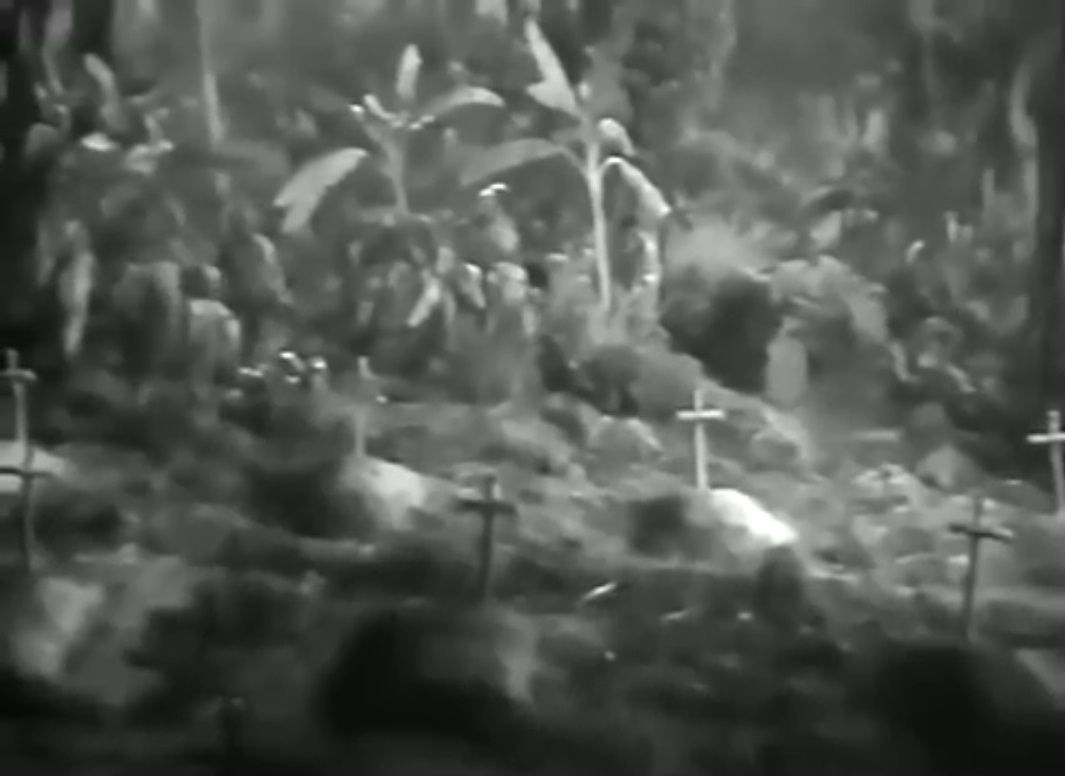
The Chaplain
Corps of the U.S. Army (TF 16-2037) in “this man’s war” on
two fronts. The one about the priest, the rabbi and
the minister (cf. Rossellini’s Paisà). Like Beachhead to
Berlin, a letter home. Scratch a priest and find a
Jew (scratch an Irish tenor, find a cantor or an Eddie Cantor). “What is man, that thou art
mindful of him? and the son of man, that thou visitest
him?”
There are no atheists
in foxholes, at least you find sporting gentlemen or the charitable. In July 1944 a 25-minute version was “made available
to the general public” with the proviso that “no admission may be
charged. However, voluntary offerings may be received to
defray expenses connected with the showing of the film, Msgr. [Brig. Gen.
William R.] Arnold [Chief of Chaplains] announced.”
A thing of
beauty, Democrats in Vermont (priest and rabbi) go to New Guinea (cp. Donovan’s Reef, dir. John Ford), a
Republican in Georgia (the Phi Beta Kappa minister, an Olympic boxer) goes to
Sicily. The crew is entirely unbilled, the cast of
Hollywood actors likewise.
With the Marines at Tarawa
Combat footage of
the landing and battle. A straightforward record of an amphibious assault after
much shelling, the tedious, painstaking, successful fight to unearth and
dislodge hardened Jap cadres, suicidally bent.
Combat America
Orders from Hap
Arnold to Lt. Gable for the making of this film in England, “dealing
particularly with the combat phase of aerial gunnery.” Eighth
Air Force, a run-through of operations, daily life. A
thousand plane raid.
Capt. Gable
narrates.
Beachhead to Berlin
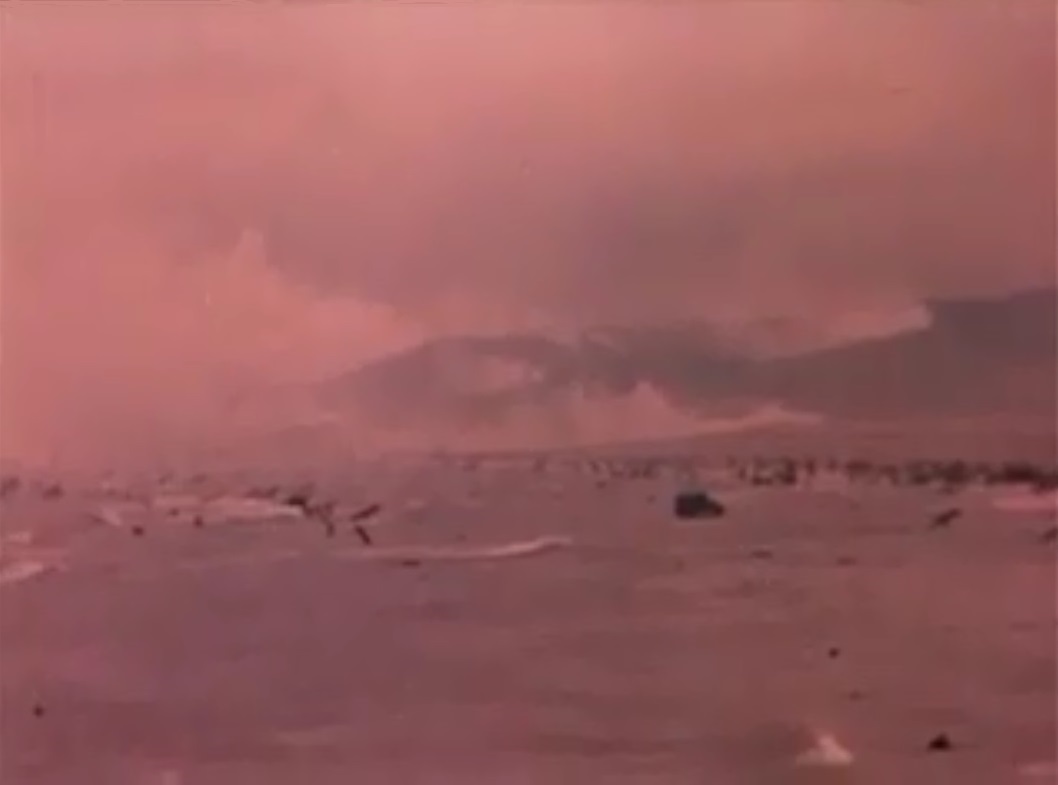
Life in England,
continuous preparations, D-Day. Letter from a
chaplain, “the great crusade of liberation is well begun.”
U.S. Coast Guard,
Warner Brothers, Technicolor.
Fury in the Pacific
“Red is
evening on Palau Island”... Combined operations
on Peleliu and Angaur, for an airstrip guarded by Bloody Nose Ridge, an
infestation of underground Japanese.
Punching,
bombing, pounding, day after day, until a relative handful remaining surrender.
One item in the
MacArthur strategy, cutting off troops on island chains.
My Japan
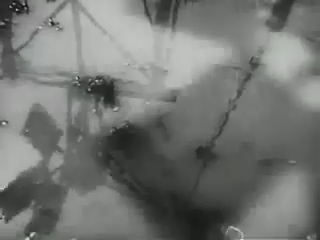
The vehement and
yet blasé viewpoint of a well-dressed and well-spoken gangster, “nor do I
have big teeth and glasses,” on the war then reaching its culmination, a
rather demented Churchill proposing to fight on from China if invaded.
The eminent
danger of confusing Japan with its leadership, utilizing “captured
Japanese film” of its troops alongside some of the most authentically
beautiful footage ever taken.
The necessity of
steeling oneself to the task, an informative plea from the War Finance Division
of the U.S. Treasury Department. For
discretion’s sake and to illustrate the point, an actor in makeup plays
the role.
Cf.
Dmytryk’s Behind the Rising Sun,
Fuller’s House of Bamboo.
The Stilwell Road
The Burma Road for
China on old silk routes, cut by Japan, connected by the Ledo Road, with the
engineering difficulties and military campaigns involved, thus covering the war
from 1942 to 1945.
Much of the
footage also goes into Roy Boulting’s Burma Victory, the score includes
Debussy’s Nocturnes.
The Story of Submarine
Warfare in the Pacific
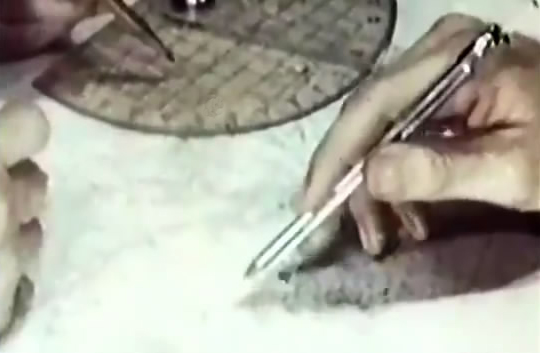
“Just
visualize the spot we were in, December 7th, 1941. There
wasn’t time to be bitter. It was up to us, the small ships. The big ones
were out of the picture.”
Narrated by Gene
Kelly.
Teamwork
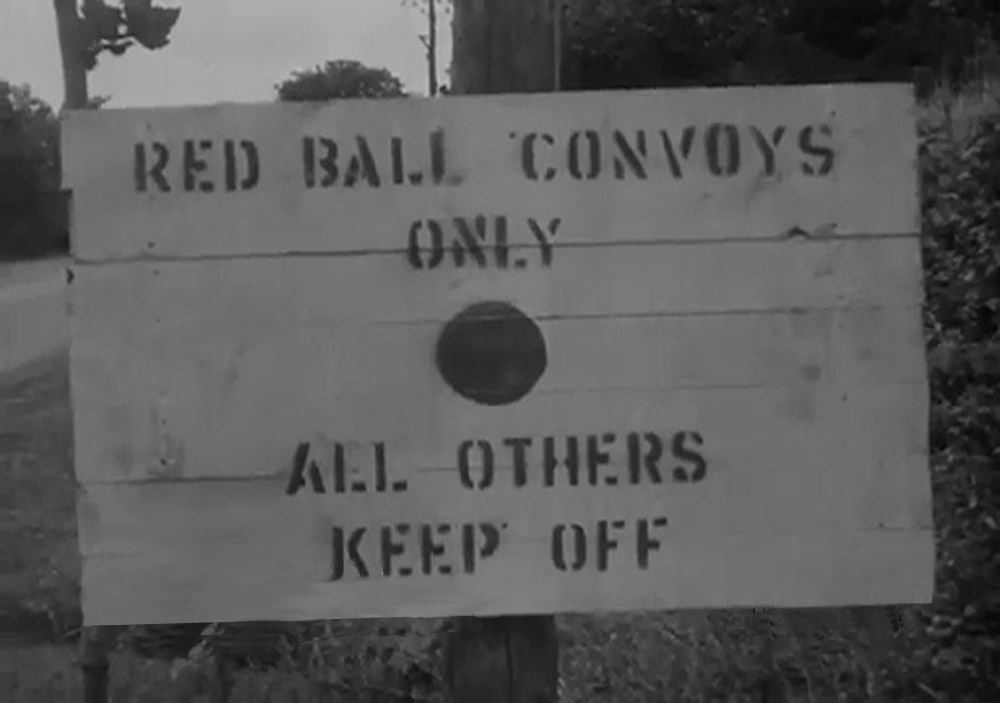
“Divide and
conquer” is the enemy’s word, up the middle of this Signal Corps
production (Orientation Film No. 14) drives the Red Ball Express under fire (vd. Boetticher), from the wreck of Cherbourg Harbor to the
Rhine.
By the author and
leading player of Heisler’s The Negro Soldier, films well-remembered
in Altman’s MASH and Mel
Brooks’ Blazing Saddles.
Operation Inchon
A rapid and very
illustrative view of the situation in 1950, closely mirrored in Young’s Inchon!.
The Conquest of Everest
The noblest
record of the great achievement is that no camera was there to observe it, no
motion-picture camera.
The rest,
planning and preparations, trek to the foothills thousands of feet in
elevation, base camp after base camp, is all in Technicolor film of the slow
and steady progress up to heights where pilots wear oxygen masks, and so do the
climbers.
The opulence and
beauty of the expedition is in its preparedness and knowledge, still the
penultimate reach is an unforeseen difficulty owing to altitude.
Two assault
parties attempt the final climb, the first fails a mere five hundred feet
short, and the comparison to Frend’s Scott of the Antarctic is
very vivid, the second two days later finds a way.
Music by Arthur
Benjamin, text (a remarkably clear-minded narration) by Louis MacNeice,
cinematography by the expedition.